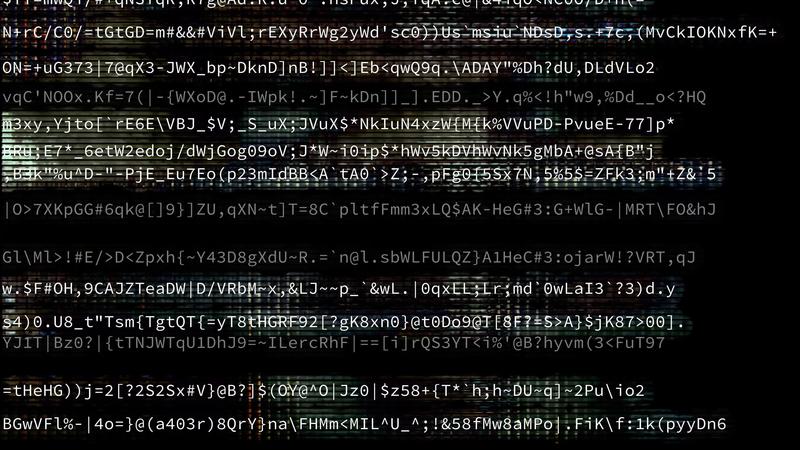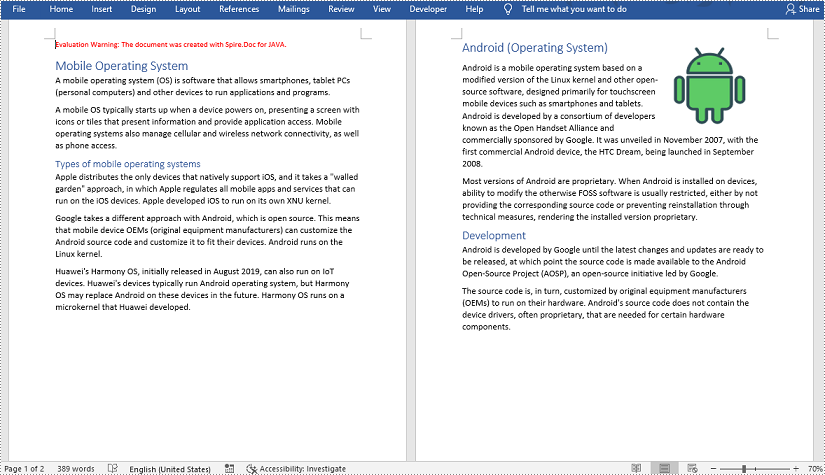
The Next Revolution in Android Development: Slashing AOSP Build Times from Hours to Minutes
The Android Build Bottleneck: A Developer’s Greatest Foe
For anyone who has worked deep within the Android ecosystem, particularly with the Android Open Source Project (AOSP), the phrase “compiling now” is often synonymous with a long coffee break, a lunch break, or even an end-of-day task. The sheer scale of Android’s source code has created a formidable bottleneck in the development lifecycle. A full AOSP build on a powerful, multi-core workstation with high-speed SSDs can easily take two hours or more. This isn’t just an inconvenience; it’s a fundamental barrier to rapid innovation, iteration, and debugging.
This delay slows down the creation of new features for the next generation of Android phones, delays security patches, and hampers the development of innovative Android gadgets. Every code change, no matter how small, requires a build to verify its impact, and when that feedback loop is measured in hours, productivity plummets. However, a revolutionary approach is emerging from the world of high-performance computing and is set to redefine this sluggish process. By leveraging virtual filesystem technology, developers are witnessing a paradigm shift, transforming multi-hour builds into tasks that can be completed in as little as 15 minutes. This article explores this groundbreaking technology, how it works, and its profound implications for the entire Android ecosystem.
Understanding the Anatomy of a Slow Android Build
To appreciate the solution, one must first understand the depth of the problem. The slowness of an AOSP build isn’t due to a single factor but a confluence of challenges rooted in scale and traditional computing architecture. It’s a classic case of death by a thousand (million) cuts, or in this case, a million file I/O operations.
The Colossal Scale of AOSP
The Android Open Source Project is a behemoth. A full source code checkout can exceed 400 GB and contains well over a million individual files. This massive collection of code represents everything from the Linux kernel and low-level hardware abstraction layers (HALs) to the system services, application frameworks, and core system apps. When a build process kicks off, tools like Ninja and the underlying compilers need to traverse this enormous directory tree, read source files, access headers, write intermediate object files, and finally link them into executable binaries and system images. The sheer volume of data that must be processed is the foundational challenge.
I/O Operations: The True Performance Killer
While we often blame the CPU for long compilations, the real bottleneck in a large-scale build is almost always Input/Output (I/O). Every time the build system needs to read a file, it makes a system call to the operating system’s kernel, which then interacts with the filesystem driver to retrieve the data from a physical disk. Even with the fastest NVMe SSDs, this process has inherent latency. Now, multiply that latency by the millions of file accesses required during an AOSP build. The cumulative effect is staggering.

The build process isn’t just about reading source files once. It involves:
- Dependency Checking: The build system must read countless Makefiles or build scripts to understand the relationship between files.
- Header Inclusion: A single C/C++ source file might include dozens of header files, each of which must be opened and read.
- Writing Object Files: For every source file compiled, an intermediate object file (.o) is written to disk.
- Linking: The linker reads numerous object files to create the final libraries and executables.
Virtual Filesystems: A Paradigm Shift in Build Acceleration
The solution to a problem rooted in physical I/O is to abstract it away. This is precisely what virtual filesystem (VFS) technology does. Instead of relying on a conventional filesystem where all 400+ GB of source code must physically reside on a local disk, a VFS creates a “virtual” view of the entire codebase while only fetching the necessary data on demand.
What is a Virtual Filesystem in this Context?
In this application, a VFS is typically implemented as a user-space filesystem using a framework like FUSE (Filesystem in Userspace). It mounts a virtual drive that appears to the operating system and the build tools as a normal directory containing the entire AOSP source tree. However, behind the scenes, this directory is initially empty. The VFS intercepts every file access request (like an `open` or `read` call) from the build system. Instead of immediately going to a local disk, it intelligently decides how to fulfill the request.
The Magic of On-Demand, Lazy Loading
The core principle of a build-accelerating VFS is “lazy loading.” The files are not downloaded or made available until the very moment they are needed. Here’s a step-by-step breakdown of the process:
- Virtual Presentation: The VFS presents the complete AOSP file and directory structure to the build tools. The build system can list directories and see all the files it expects, but none of the file contents are actually stored locally yet.
- Intercepted Access: When the compiler requests to read a specific file, say `frameworks/base/core/java/android/app/Activity.java`, the VFS intercepts this request.
- On-Demand Fetching: The VFS then fetches only that specific file’s content from a centralized, canonical source. This source could be a remote server, a cloud storage bucket, or even a highly compressed local archive.
- Intelligent Caching: Once fetched, the file’s content is placed into a local cache, which could be in RAM or on a fast local SSD. When the same file is requested again later in the build, the VFS serves it directly from the super-fast local cache, avoiding any network or decompression overhead.
Implications for the Entire Android Ecosystem
The impact of slashing AOSP build times by over 90% extends far beyond individual developer productivity. It sends a ripple effect across the entire industry, influencing everything from product development cycles to the open-source community. This is major Android News for the technical community, promising to unlock new levels of efficiency.
For OEMs and Device Manufacturers

Companies that build Android phones and other hardware are among the biggest beneficiaries. Their engineering teams work on custom versions of Android, integrating new drivers, proprietary features, and carrier-specific modifications.
- Rapid Iteration and Debugging: A bug fix in a critical system service can be compiled and tested in minutes. This allows engineers to iterate dozens of times a day, leading to more stable and polished software.
- Accelerated CI/CD Pipelines: Continuous Integration and Continuous Delivery (CI/CD) systems are the backbones of modern software development. By reducing build times, automated tests can run more frequently, catching regressions almost instantly. This means faster delivery of software updates and security patches to consumers.
- Lower Infrastructure Costs: While powerful build servers are still needed, the reliance on massive, expensive, high-throughput storage arrays is lessened. Teams can work with a centralized source of truth and smaller, faster local caches.
For the Custom ROM and Open Source Community
The vibrant community of developers who create custom ROMs like LineageOS often work with limited resources. Long build times are a significant barrier to entry and a source of frustration. A VFS-based build system democratizes AOSP development, allowing individual developers and small teams to contribute more effectively. This could lead to a renaissance in the custom ROM scene, providing users with more choices and extending the life of older Android gadgets.
The End-User Benefit
While end-users will never interact with a virtual filesystem directly, they will feel its effects. Faster development cycles at OEMs mean:
- Quicker OS Updates: Major Android version updates can be adapted and released by manufacturers more quickly.
- Faster Security Patches: Critical security vulnerabilities can be patched, built, tested, and deployed in a fraction of the time.
- More Innovation: When engineers are not waiting for builds, they have more time to innovate and create the compelling new features that define the next generation of Android devices.
Adopting Virtual Filesystems: Best Practices and Considerations

While the benefits are clear, implementing a VFS-based build strategy requires careful planning and an understanding of its unique architecture. It’s not a simple drop-in replacement for a `git clone` command.
Key Considerations for Adoption
- Centralized Source of Truth: This model thrives when there is a single, canonical source repository. For AOSP, this is straightforward, but enterprise teams must ensure their code is managed in a centralized system that the VFS can pull from efficiently.
- Network Performance: The initial fetch of any file is network-dependent. A fast, low-latency connection to the source repository is crucial for optimal performance. Subsequent builds will rely on the local cache, but the first-time experience is dictated by the network.
- Caching Strategy: The effectiveness of the VFS hinges on its cache. A large, fast SSD is ideal for the local cache to ensure that frequently accessed files are served with minimal latency. The cache needs to be managed intelligently to evict old data and ensure consistency.
Common Pitfalls to Avoid
- Cache Invalidation: This is a classic computer science problem. How does the VFS on a developer’s machine know that a file has been updated in the central repository? The system needs a robust mechanism to check for new versions and invalidate stale cached copies to prevent developers from building against outdated code.
- Tool Compatibility: While most standard build tools (GCC, Clang, Java compilers) interact with the filesystem through standard system calls and will work seamlessly, some poorly written scripts or legacy tools might make assumptions about the underlying physical filesystem that could cause issues. Thorough testing is essential.
Conclusion: A New Era of Android Development
The persistent challenge of long build times has long been accepted as a necessary evil in large-scale Android development. However, the application of virtual filesystem technology represents a fundamental disruption to this status quo. By intelligently abstracting the filesystem and shifting from a “download everything” to an “on-demand” model, VFS solutions are proving that it’s possible to achieve order-of-magnitude improvements in build speeds.
This is more than just an incremental improvement; it’s a transformative shift that unlocks higher developer productivity, accelerates innovation, and strengthens the entire Android ecosystem. For developers, it means more time creating and less time waiting. For manufacturers of Android phones and Android gadgets, it means faster time-to-market and higher-quality products. And for users, it promises a future of more secure, stable, and feature-rich devices, delivered faster than ever before.



